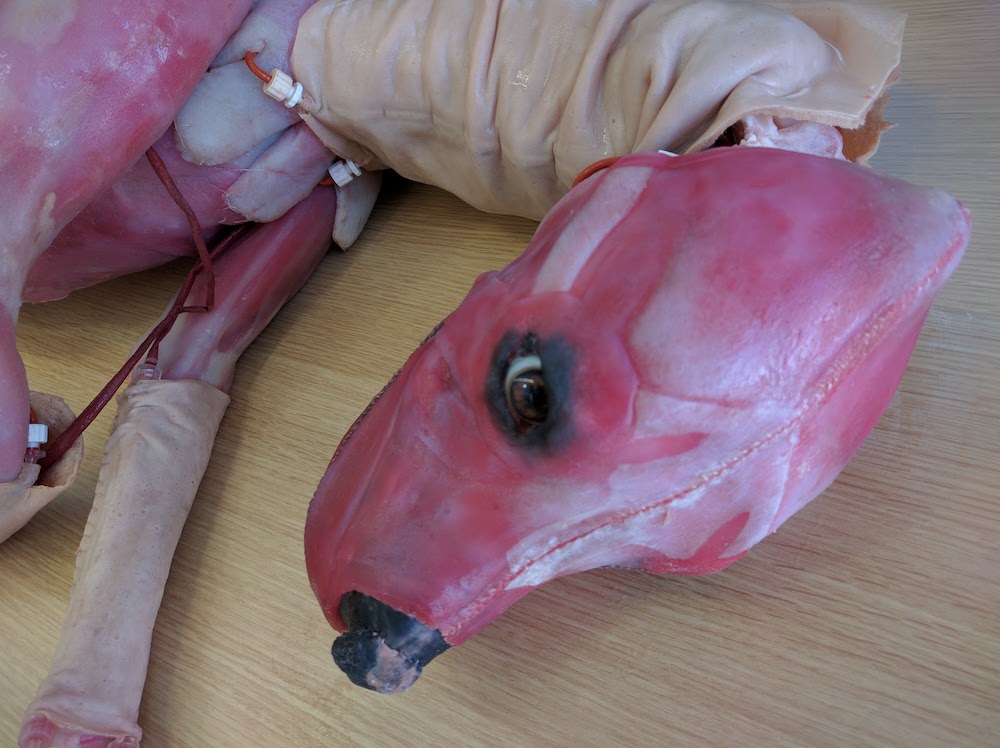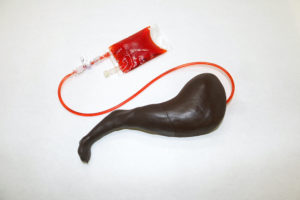Veterinary Simulation
Veterinary Simulation is simulation training for veterinary technicians, nurses and doctors. Veterinary simulation helps learners become familiar with the unique healthcare needs of animals, primarily animal companions (pets such as cats, dogs and rabbits) and farm animals (horses, cows and pigs). Veterinary simulation models allow learners to gain knowledgeable experience without causing harm to live animals.
As with most simulation education, the purpose of veterinary simulation is to develop and hone specific clinical and psychomotor skill sets. For animals, those skill sets can range from the routine and simple – such as giving injections, starting IVs and suturing – to more complex or rare events. Healthcare simulation scenarios for veterinary students depend on the types of animals a vet practice will see, and that can range from the usual animal companions to avian and reptile companions, farm animals and animal husbandry, and even wildlife.
Simulation training will also depend on the level of education a learner is going to pursue. Veterinarians are highly educated medical doctors specifically tasked with protecting the health of animals and the people who care for them. Veterinary nurses and veterinary technicians have similar educational training to each other. These individuals have mastered veterinary science and technology, and incorporate care for animals into their professional practices. Simulation education for veterinary doctors can encompass animal husbandry and surgery, and for vet techs and nurses, it will encompass diagnostic practices, giving immunizations and other technical processes.
Sponsored Content:
Animal Simulators by Vendor
DiaMedical USA: DiaMedical USA has an extensive selection of animal simulator models to address a wide range of veterinary training. They are a primary distributor of simulator models from Veterinary Simulator Industries (VSI).
Canine Models: Choose from a canine limb bandaging model or a canine dental surgical head. The limbs are constructed of soft silicone material built around a steel skeleton. DiaMedical offers a rear limb and a front limb representative of a medium-sized dog. The limbs feature spread toes and a rubber sleeve above the simulated paw to make taping easier. The Canine Dental Surgical Simulator is an anatomically correct head model, complete with simulated teeth, soft rubber gums, and periosteum and periodontal ligaments. The dental model allows learners to practice nerve blocks, luxation, and the elevation and extraction of teeth, as well as intubation training while navigating a realistic tongue, epiglottis, esophagus and trachea.
Canine Spay Simulator: This task trainer is fully assembled and includes three replaceable multilayer pads representing the abdominal wall and three replaceable uteri.
Sponsored Content:
Bovine Models: The Bovine Theriogenology model consists of fiberglass and epoxy representation of the rear of a Hereford cow. Theriogenology is a specialty of veterinary medicine that is concerned with reproduction, the reproductive systems of animals, and the clinical practice of veterinary obstetrics, gynecology, and assisted reproductive technologies. This theriogenology model is constructed of a pelvis, soft perineum palpation panel, inflatable vinyl rectum and flexible tail, and includes a set of five uteri.
Dystocia Simulators: Just like a human baby, a calf can experience shoulder dislocation during delivery. DiaMedical USA provides dystocia models, including a calf dystocia model that is included with the Holstein and Hereford dystocia simulators.
Equine Models: Simulator models available for equine training include a head and neck trainer for venipuncture and IM injection; a palpation colic simulator; a simulated equine GI track; and a theriogenology simulator. These models are based on a quarter horse.
Veterinary Simulator Industries also provides a full-body Canine Basic Life Support Simulator for practical training in intubation, nasogastric intubation, venipuncture, catheterization, CPR, ear cleaning techniques, and restraint and bandaging techniques.
Simulaids CasPeR the CPR Dog can be used by vet techs and nurses as well as animal companions who want to know how to perform CPR on their canine companions in the case of an emergency. CasPeR is a small animal trainer with anatomically correct features including nares, retractable tongue, moveable jaw and femoral pulse. The full-body trainer includes a sanitary replaceable airway and a foam-filled body for chest compression resistance. This simulator is distributed by several vendors, including DiaMedical USA, AED Superstore and Pocket Nurse.
Anatomy Warehouse offers a comprehensive line of veterinary and zoological anatomical models. Categories of models range from canine and feline types to fish, reptile, avian, and amphibian models, featuring bones, joints, muscles, skin and a range of internal systems.
Types of Simulation Scenarios
In the United States, 67% of households own pets. About 76,800 animal companions are dogs, and 31,800 are cats. Dogs visit a veterinarian about 2.4 times annually, and cats see a vet 1.3 times a year. As of 2018, there were 113,394 veterinarian doctors and 79,600 vet techs in the United States. The vast majority of veterinarians in the country are for companion animals, but about 16.1% of vets are large animal vets (equines and food animals, which includes cows, poultry and pigs).
Vet techs and nurses are often the primary contact at veterinary offices, and are in charge of explaining and often performing diagnostic procedures. Veterinary simulation can help techs understand the procedures, and the diagnostic values and reference ranges for the procedure.
Today’s Veterinary Nurse includes two low-fidelity simulations on its post about simulation training. Using stuffed animals and a variety of household objects, vet nurses can practice simple diagnostic procedures such as obtaining an intraocular pressure (IOP) and cystocentesis (getting a urine sample from an animal’s bladder). Training with a tonometer for the IOP and a syringe for the cystocentesis gives learners the skills practice they need for these common procedures.
Click Here to Connect to Leading Healthcare Simulation Vendors
Humane Education in Veterinary Medicine (HEVM) is a site that offers resources, inspirational stories and practical advice for veterinary students at all steps of their journey. The Skills Development page helps learners discover resources that will develop fundamental dexterity and psychomotor skills, with links to appropriate trainers. HEVM endorses simulation training so that learners have a non-stressful, time-efficient and effective means of obtaining these skills.
The Washington State University College of Veterinary Medicine has several simulation scenarios for veterinary clinics. These help learners explore the experience of practicing in a vet clinic, including appointment setup (signalment and client complaint) and capabilities.
Veterinary Simulation Education Latest News
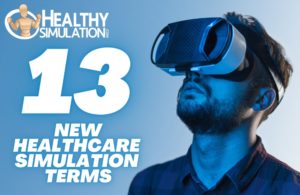
13 Medical Simulation Keywords You Need to Know About
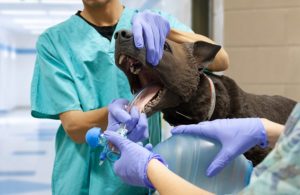
TacMed Develops Advanced Canine Trauma Simulator for First Responder Training
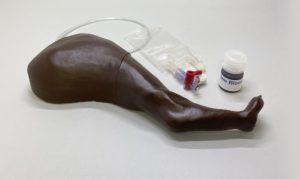
Remedy Simulation Group Launches CHAMP Canine Venipuncture & Injection Trainer
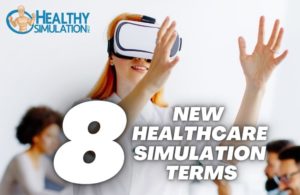
8 Medical Simulation Keywords You Need to Know About
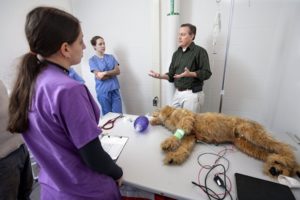
Innovative Expansion of Simulation into Veterinary Medicine
Sponsored Content:



